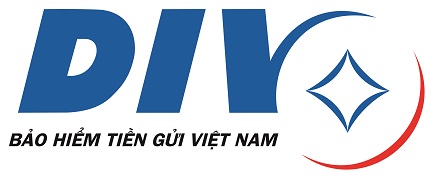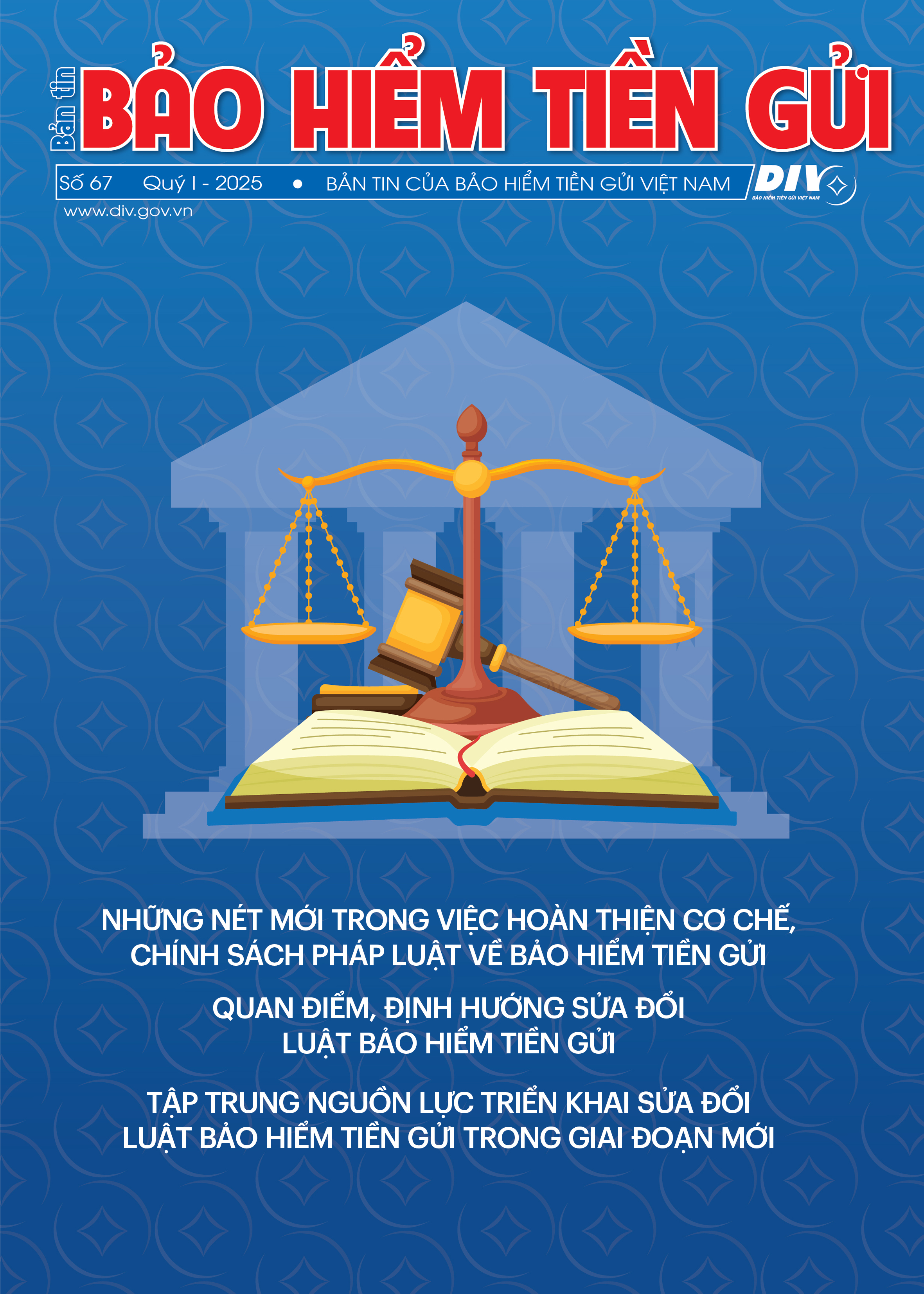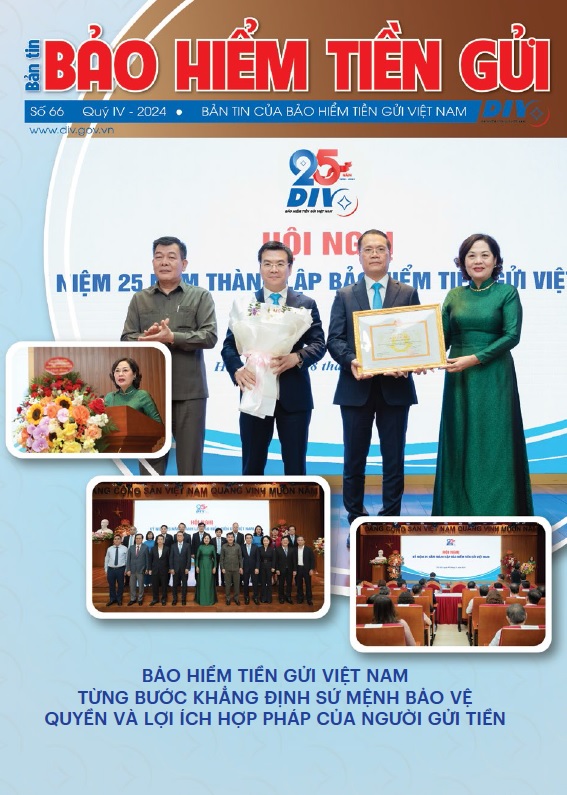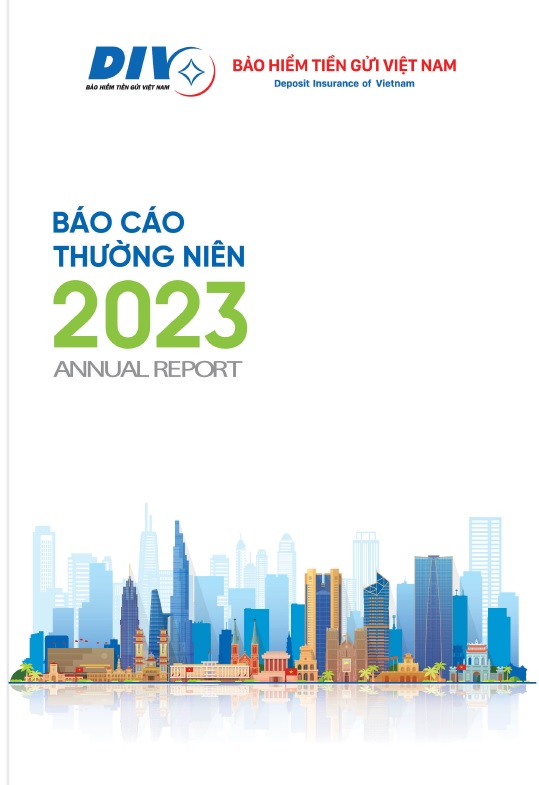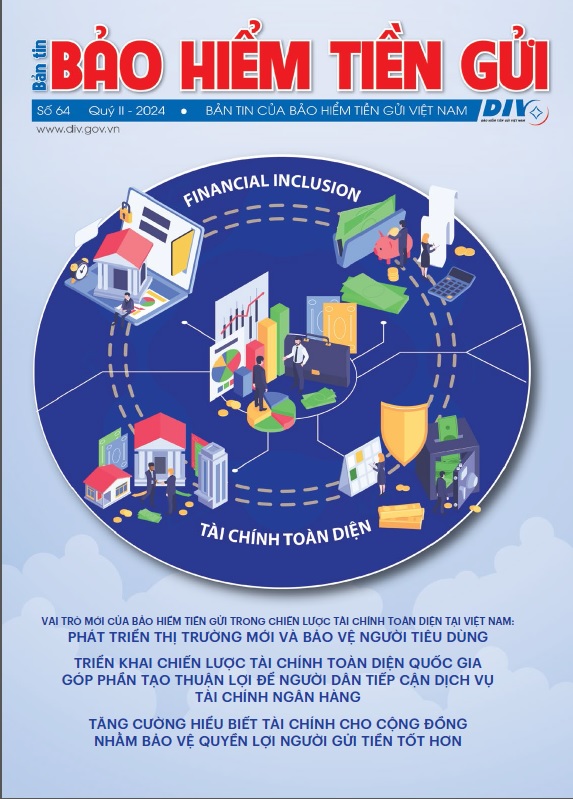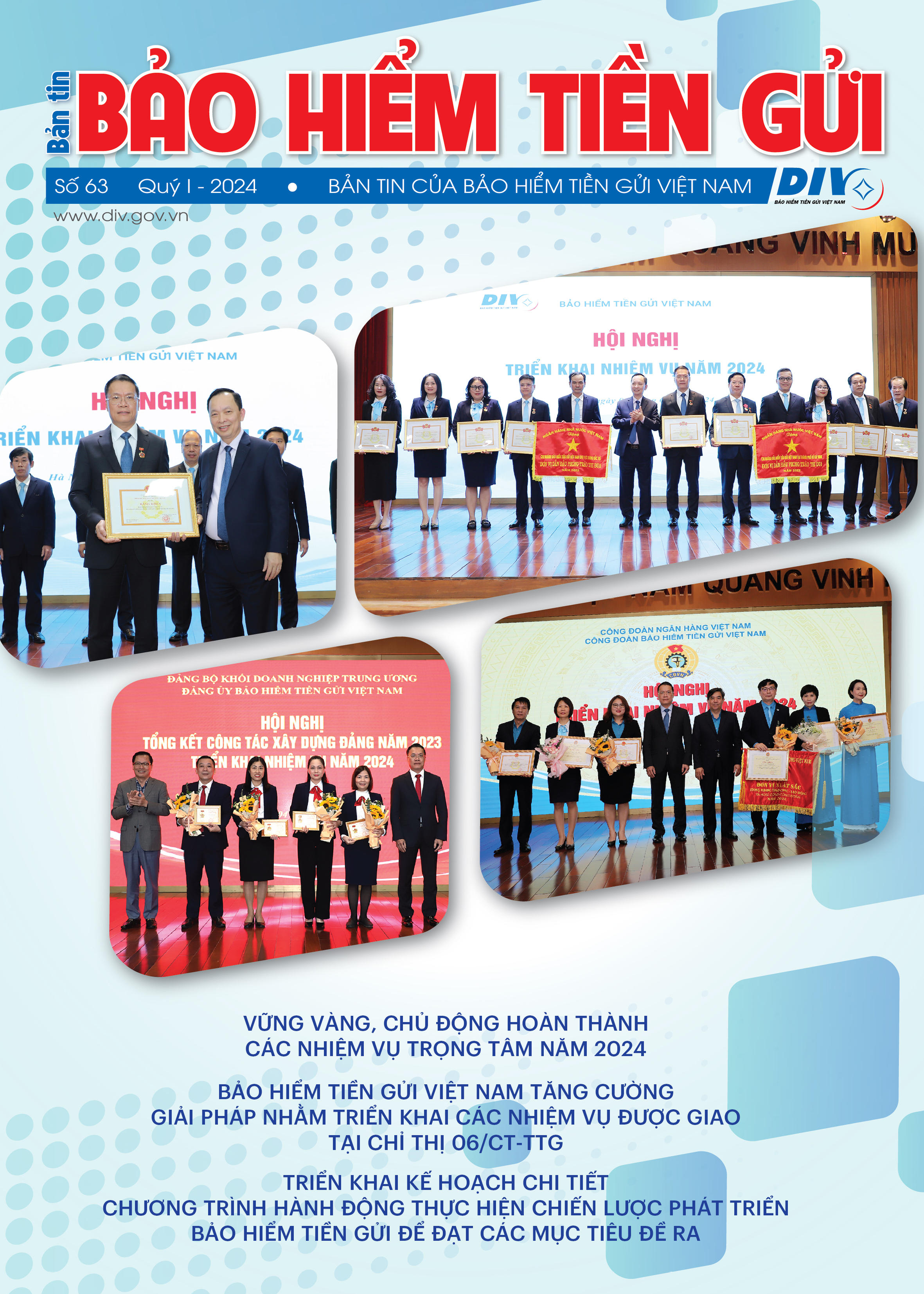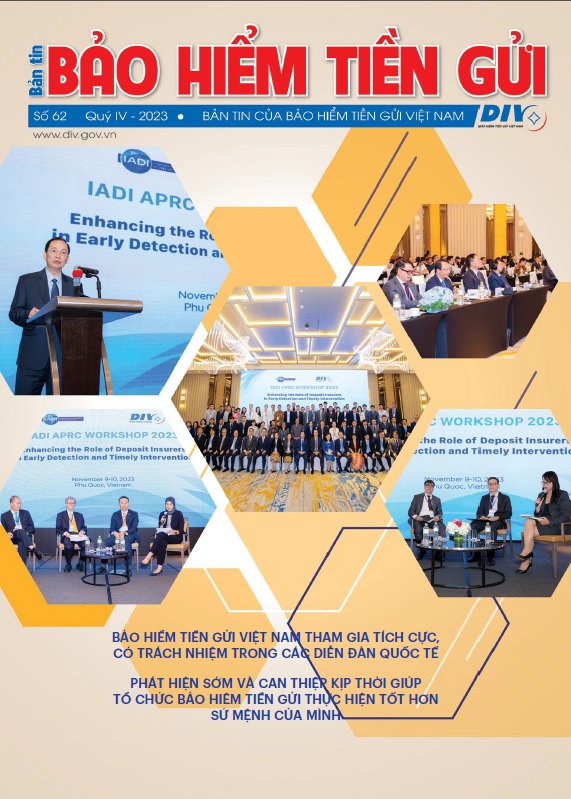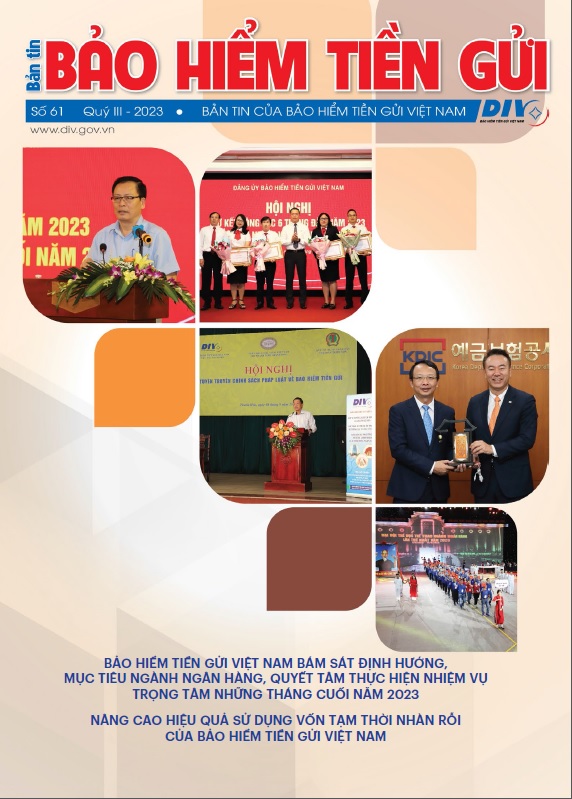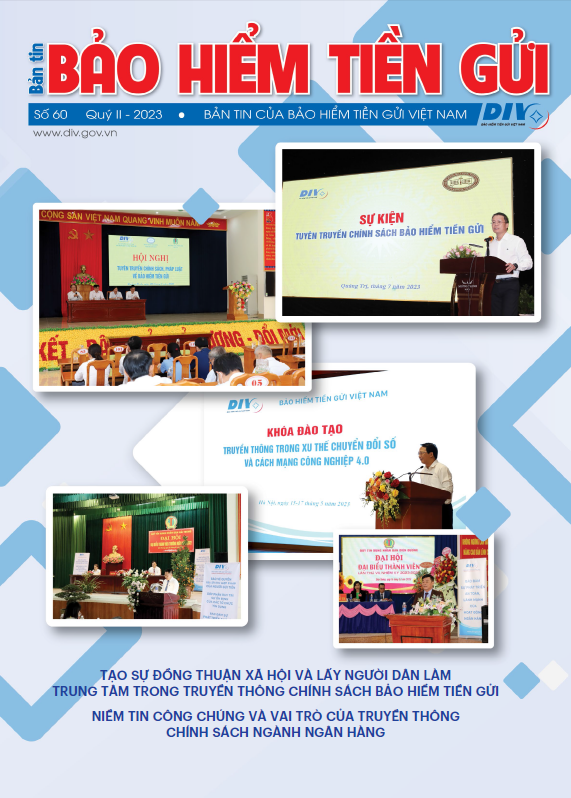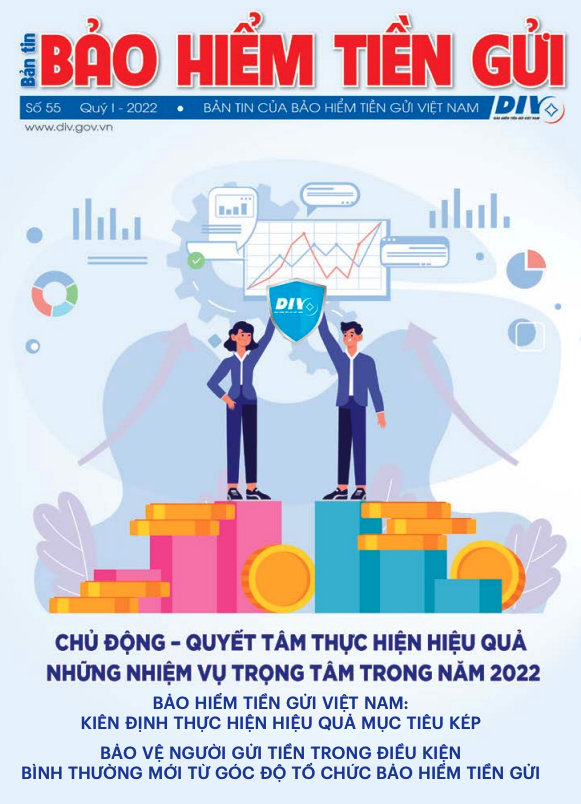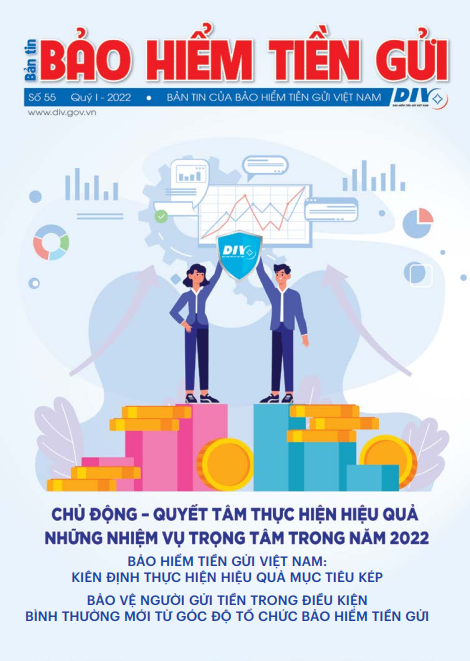Correspondent: DI coverage limit is of great concern to the public and significantly affects depositors’ behavior. Could you please specify how the Law on DI prescribes the coverage limit and how it is being implemented now?
Dr. Bui Khac Son: Article 24 the Law on DI stipulates “The Prime Minister shall set the DI coverage limit for each period of time on basis of the proposal of the State Bank”. Thus, the Law doesn’t define the coverage limit as a specific number. If set specifically in the Law, it would be so complicated to adjust the coverage limit. Moreover, the new stipulation allows for flexibly adjusting the coverage limit depending on each period to suit socio-economic conditions, especially special ones like crises…
Though the Law on DI has come into effect since January 1, 2013 the Prime Minister has yet to make any decision on the coverage limit in accordance with the Law on DI. Therefore, the coverage limit still remains at VND 50 million as stipulated by the current regulation.
Correspondent: Could you please let us know on which bases the coverage limit is calculated?
Dr. Bui Khac Son: The calculation of coverage limit must synchronize with the 2 main objectives of deposit insurance policy, namely protecting small depositors and contributing to maintaining the stability of the financial system. At the same time, it should ensure the following principles: i) the coverage limit should be high enough to maintain depositors’ confidence in the banking system, ii) the coverage limit should be low enough, so that large depositors are not careless with banks’ unsafe and risky activities, thereby, minimizing moral hazards and avoiding excessive risk-taking in banking operations.
In setting the coverage limit, the following related factors should be taken into account: i) GDP per capita and other factors including inflation, exchange rates, public confidence in the financial system; ii) the ratio of fully covered depositors to total depositors; iii) the ratio of fully covered deposits to total eligible deposits; iv) risk levels of the banking system and the whole economy.
During stable periods of the economy, the coverage limit is usually defined at 2-5 times GDP per capita, covering about 80% of depositors and about 30% of total eligible deposits. Countries with high risks in the banking system tend to maintain coverage limit at higher level than the others, so that depositors will be best protected. High coverage limit may be also a good policy choice for authorities when reforming the financial sector and implementing new regulations and rules on prudence or other factors.
Correspondent: In the world, during crises when public confidence in the banking system eroded, most countries raised the coverage limit as a prompt and effective policy response. Why did that happen and what are your recommendations from the perspective of the agency implementing DI policy?
Dr. Bui Khac Son: As we know, during crises, most countries in the world choose to raise the coverage limit or adopt a blanket guarantee scheme for the following reasons:
Firstly, in crises, changes in inflation affect the real value of the coverage limit, making it unsuitable for the objectives of public policy.
Secondly, raising the coverage limit helps promote depositors’ confidence in banks, thereby, avoiding bank runs and maintaining the stability of the financial – banking system, preventing the crisis from being escalated.
Thirdly, the most important objective of DI as well as the coverage limit policy is to protect the majority of depositors. That’s why many countries adopted blanket guarantee schemes to best safeguard depositors.
In fact, during the recent global crisis, 48 countries raised the coverage limit (as per statistics provided by IADI and IMF in 2010), for example the US from $100,000 to $250,000, EU from €50,000 to € 100,000, of which 19 countries adopted blanket guarantee such as: Germany, Thailand, Singapore… Together with other methods such as expanding DI coverage, accelerating payout process or supporting liquidity; raising the DI coverage limit is an effective way that many DI systems applied to cope with the crisis. In order to flexibly adjust the coverage limit, the legal framework on DI must possess specific regulations on powers and methods to adjust the coverage limit.
Being the agency implementing DI policy, we have done intensive research into this issue and made proposals to relevant authorities. The coverage limit should be adjusted in time to best protect depositors’ rights, thereby, making a contribution to maintaining the safety and soundness of the banking system.
Correspondent: Actually, the coverage limit of VND 50 million applied since 2005 is no longer appropriate. So, could you please tell us what proposals the DIV has made to relevant authorities on the adjustment of the coverage limit?
Dr. Bui Khac Son: The coverage limit of VND50 million adopted since 2005 is not appropriate any longer for the following reasons:
Firstly, in recent years, there have been many changes in the macroeconomic circumstances. GDP per capita grew rapidly (7.06% annually) during the period of 2005-2011. In 2011, GDP per capita was 3 times higher than in 2002 and twice higher than in 2005. Thus, the DI coverage limit/GDP per capita ratio increasingly declined, stood at 1.73 in 2011. In addition, since 2005 till now, inflation has been averaged at 11.62% per year (especially reached 19.89% and 18.13% in 2008 and 2011 respectively) and the exchange rate varied by nearly 30%, causing a significant reduction in the real value of the DI coverage limit. In 2005, the coverage limit was equivalent to $3,100. By the current exchange rate, the coverage limit equals $2,400.
Furthermore, since the global crisis in 2008-2010, the economy has declined and had to face many difficulties such as macroeconomic imbalances and high inflation. The banking system also has had to deal with various problems, notably non-performing loans and restructuring. In this context, the DI coverage limit should be adjusted up to a properly high level to maintain public confidence, making a contribution to creating favorable conditions for the Government implementing reforms and restructuring the banking system in particular and the economy in general.
Secondly, the risks of the banking system have increased and been reflected in: a rise in non-performing loans of credit institutions; high credit growth but with increasingly low credit quality; and high deposit rates, especially in 2011, etc…
Thirdly, the VND50-million coverage limit is too low in comparison with the size of deposits given the fact that the amount of deposits and the number of depositors increased rapidly. In 2005-2011, the number of depositors increased significantly from 10 million to 26 million. From 2007 to 2011, the total balance of deposits increased by 3 times, from VND 700 trillion to VND 2,058.9 trillion. The ratio of fully covered deposits to total insurable deposits tended to reduce. As of June 30th, 2011 only 10.23% of deposits was fully covered with the DI coverage limit of VND50 million.
Therefore, the current situation requires suitable and prompt actions to best safeguard depositors’ rights, maintain public confidence and avoid negative influence on credit institutions’ activities, especially given the recent considerable changes in the financial and banking system.
The DIV has made the following proposals to the SBV Governor, Minister of Finance for consideration and submission to the Prime Minister for decision:
· Raising DI coverage limit up to VND200 million. This coverage is calculated at 7.3 times GDP per capita in 2011. Accordingly, it will fully cover 96.30% of total eligible depositors and 34.24% of total eligible deposits.
· Adjusting DI coverage limit to VND1 billion in case of bank runs in the banking system in order to send a strong message of the State protecting the majority of depositors.
· Adopting a blanket guarantee system when a financial crisis occurs. This prompt action can immediately stop bank runs. However, this mechanism can increase moral hazards and make it difficult to return to the limited coverage system afterward. The blanket guarantee system should be adopted cautiously and only in case the worst scenario happens.
